Filter by
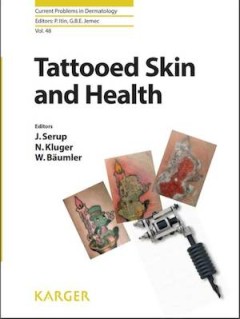
Tattooed Skin and Health
With about 10–20% of the adult population in Europe being tattooed, there is a strong demand for publications discussing the various issues related to tattooed skin and health. Until now, only a few scientific studies on tattooing have been published. This book discusses different aspects of the various medical risks associated with tattoos, such as allergic reactions from red tattoos, p…
- Edition
- -
- ISBN/ISSN
- 9783318027761
- Collation
- -
- Series Title
- -
- Call Number
- -
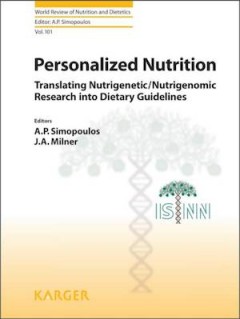
Personalized Nutrition
Awareness of the influence of our genetic variation to dietary response (nutrigenetics) and how nutrients may affect gene expression (nutrigenomics) is prompting a revolution in the field of nutrition. Nutrigenetics/Nutrigenomics provide powerful approaches to unravel the complex relationships among nutritional molecules, genetic variants and the biological system. This publication contains sel…
- Edition
- -
- ISBN/ISSN
- 9783805594271
- Collation
- -
- Series Title
- -
- Call Number
- -

Aging and Health: A Systems Biology Perspective
Aging is a major risk factor for chronic diseases, which in turn can provide information about the aging of a biological system. This publication serves as an introduction to systems biology and its application to biological aging. Key pathways and processes that impinge on aging are reviewed, and how they contribute to health and disease during aging is discussed. The evolution of this situati…
- Edition
- -
- ISBN/ISSN
- 9783318027297
- Collation
- -
- Series Title
- -
- Call Number
- -

A research handbook for patient and public involvement researchers
This handbook is written for patients and members of the public who want to understand more about the approaches, methods and language used by health-services researchers. Patient and public involvement (PPI) in research is now a requirement of most major health-research programmes, and this book is designed to equip these individuals with the knowledge and skills necessary for meaningful parti…
- Edition
- -
- ISBN/ISSN
- 9781526136527
- Collation
- -
- Series Title
- -
- Call Number
- 362.103 RES r
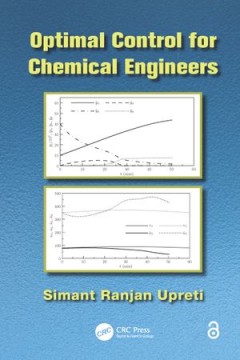
Guide for Small Community Water Suppliers and Local Health Officials: Lead in…
This Guide for Small Community Water Suppliers and Local Health Officials is one of a series produced by the International Water Association's (IWA) Specialist Group on Metals and Related Substances in Drinking Water. It is an abbreviated compilation of the wide range of scientific, engineering, health and operational issues concerned with the control of lead in drinking water in small water su…
- Edition
- -
- ISBN/ISSN
- 9781843393801
- Collation
- -
- Series Title
- -
- Call Number
- -
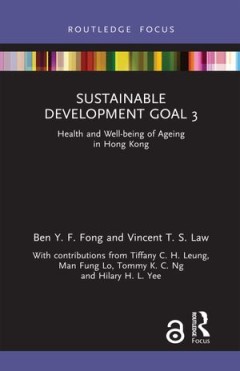
Sustainable Development Goal 3: Health and Well-being of Ageing in Hong Kong
Sustainable Development Goals (SDGs) aim to develop a better and sustainable future for the world and the goals are part of an action plan to address poverty, hunger, health, gender equity and various pressing world issues. One of these goals looks at health and wellness. Ageing populations have become a crucial issue worldwide and this short monograph explores ageing and how the consequences o…
- Edition
- -
- ISBN/ISSN
- 9781000544282, 1000544281
- Collation
- -
- Series Title
- -
- Call Number
- -
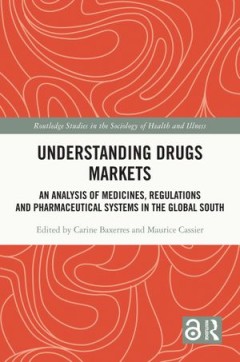
Understanding Drugs Markets: An Analysis of Medicines, Regulations and Pharma…
Drawing on anthropology, historical sociology and social-epidemiology, this multidisciplinary book investigates how pharmaceuticals are produced, distributed, prescribed, (and) consumed, and regulated in order to construct a comprehensive understanding of the issues that drive (medicine) pharmaceutical markets in the Global South today. Based on primary research conducted in Benin and Ghana,…
- Edition
- -
- ISBN/ISSN
- -
- Collation
- -
- Series Title
- -
- Call Number
- -

Organising care around patients : Stories from the frontline of the NHS
Healthcare aims to be patient-centred but a large gap remains between the fine words and the reality. Care often feels designed for the convenience of the organisations that deliver it, and not enough around patients and their families, or even around the frontline staff who provide it. Why does this happen? What does it feel like? What can be done about it? This book stimulates reflection on t…
- Edition
- -
- ISBN/ISSN
- 9781526147448
- Collation
- -
- Series Title
- -
- Call Number
- -

Virulent Zones : Animal Disease and Global Health at China's Pandemic Epicenter
Scientists have identified southern China as a likely epicenter for viral pandemics, a place where new viruses emerge out of intensively farmed landscapes and human--animal interactions. In Virulent Zones, Lyle Fearnley documents the global plans to stop the next influenza pandemic at its source, accompanying virologists and veterinarians as they track lethal viruses to China's largest freshwat…
- Edition
- -
- ISBN/ISSN
- 9781478009993
- Collation
- -
- Series Title
- -
- Call Number
- -

Women and Reproductive Technologies : The Socio-Economic Development of Techn…
A sociological and historical study of the development of reproductive technologies, this book focuses on key technological developments through a biomedicalization lens with special attention to gender. Using in vitro fertilization (IVF) as a hub, it critically examines the main areas of related socio-technical developments: reproductive science, birth control, animal husbandry, genetics and r…
- Edition
- -
- ISBN/ISSN
- 9781138606456
- Collation
- -
- Series Title
- -
- Call Number
- -
 Computer Science, Information & General Works
Computer Science, Information & General Works  Philosophy & Psychology
Philosophy & Psychology  Religion
Religion  Social Sciences
Social Sciences  Language
Language  Pure Science
Pure Science  Applied Sciences
Applied Sciences  Art & Recreation
Art & Recreation  Literature
Literature  History & Geography
History & Geography